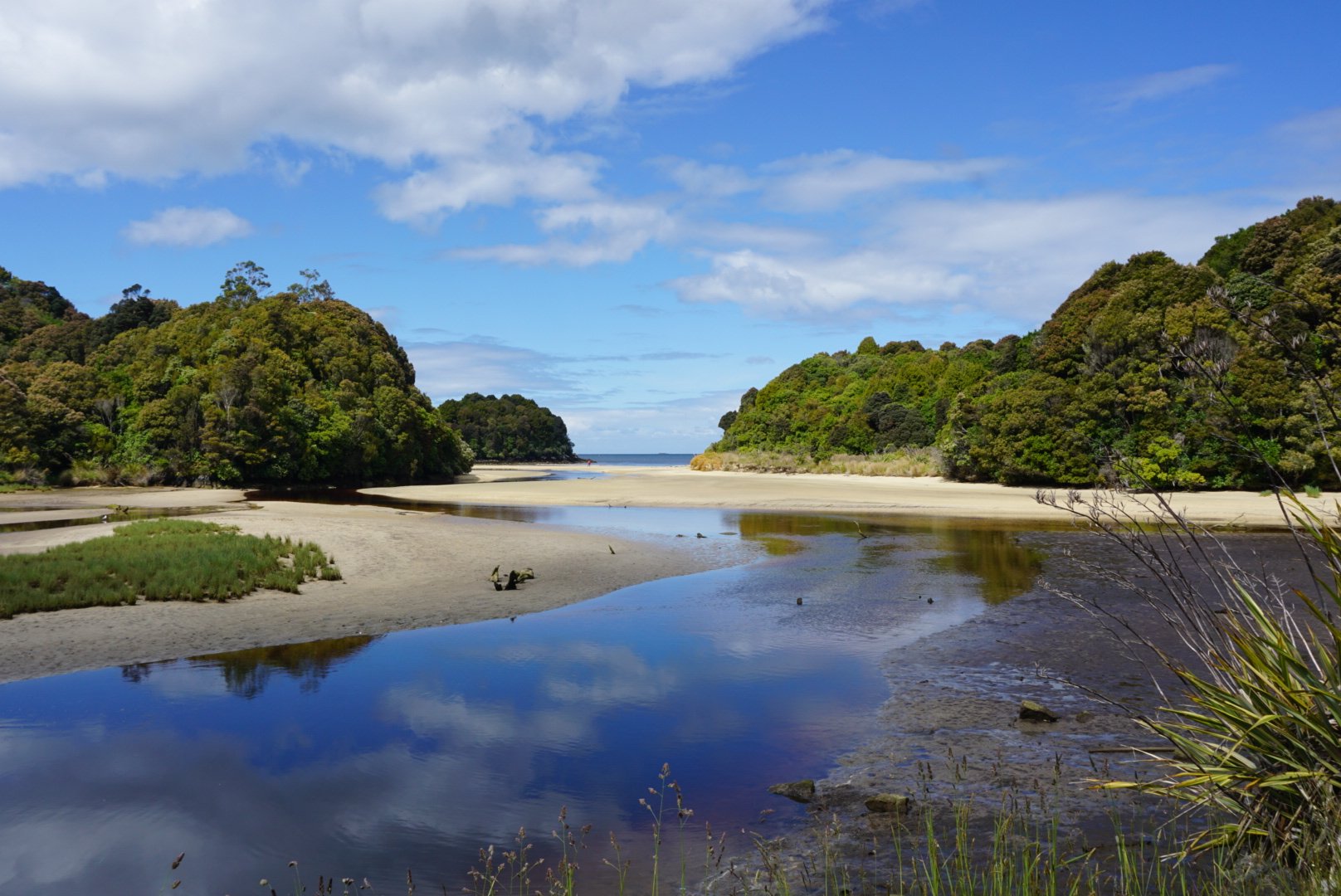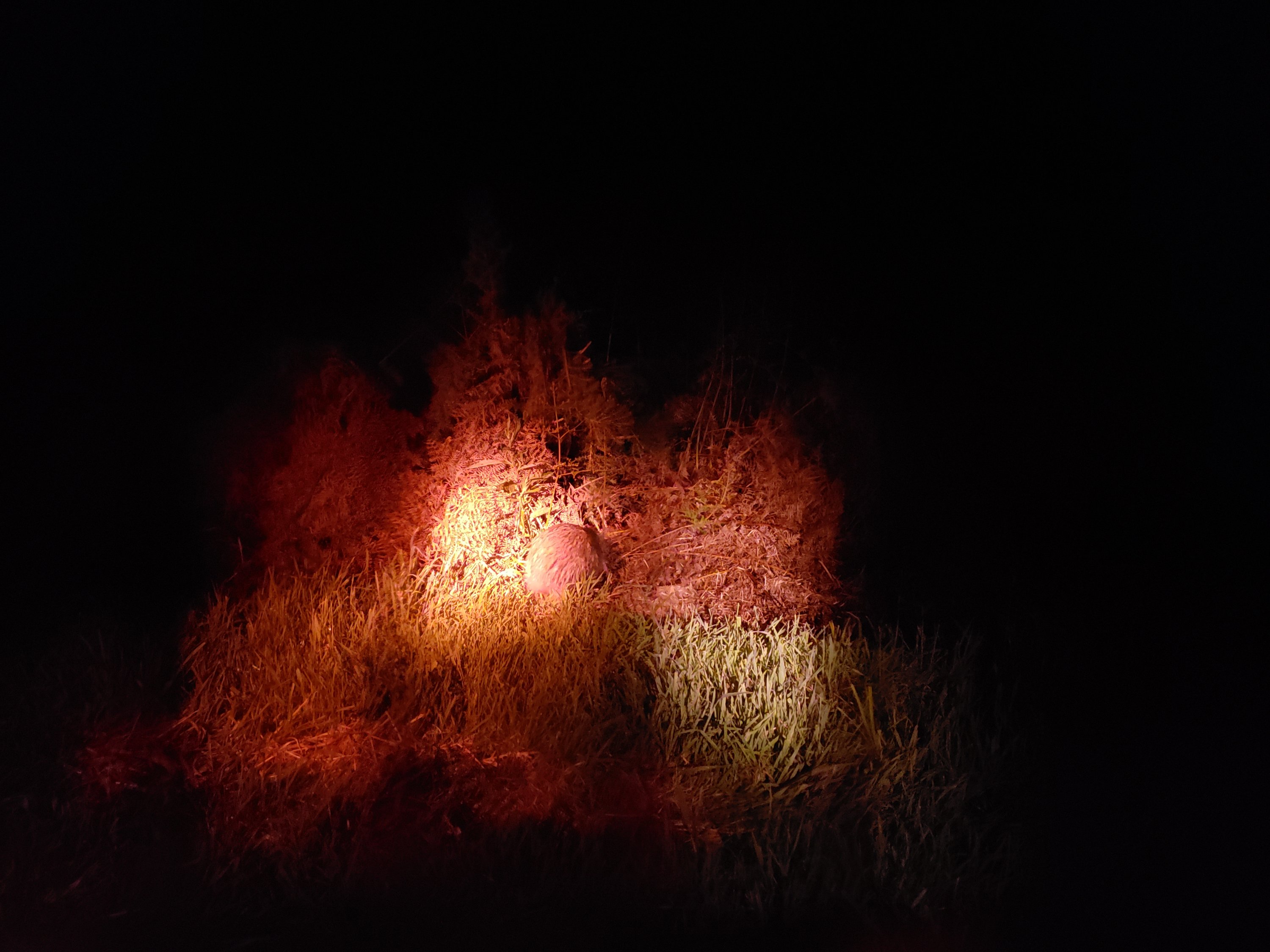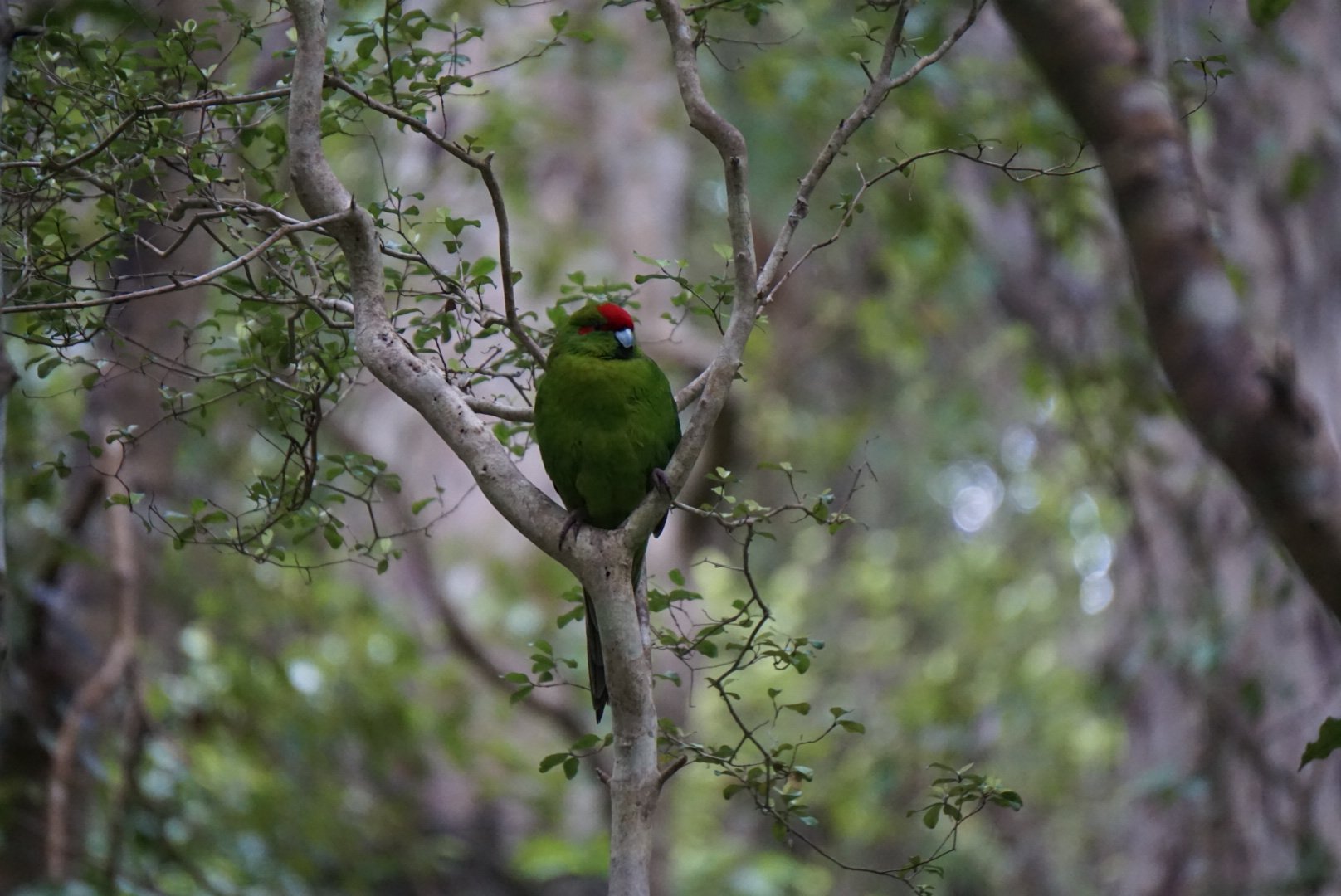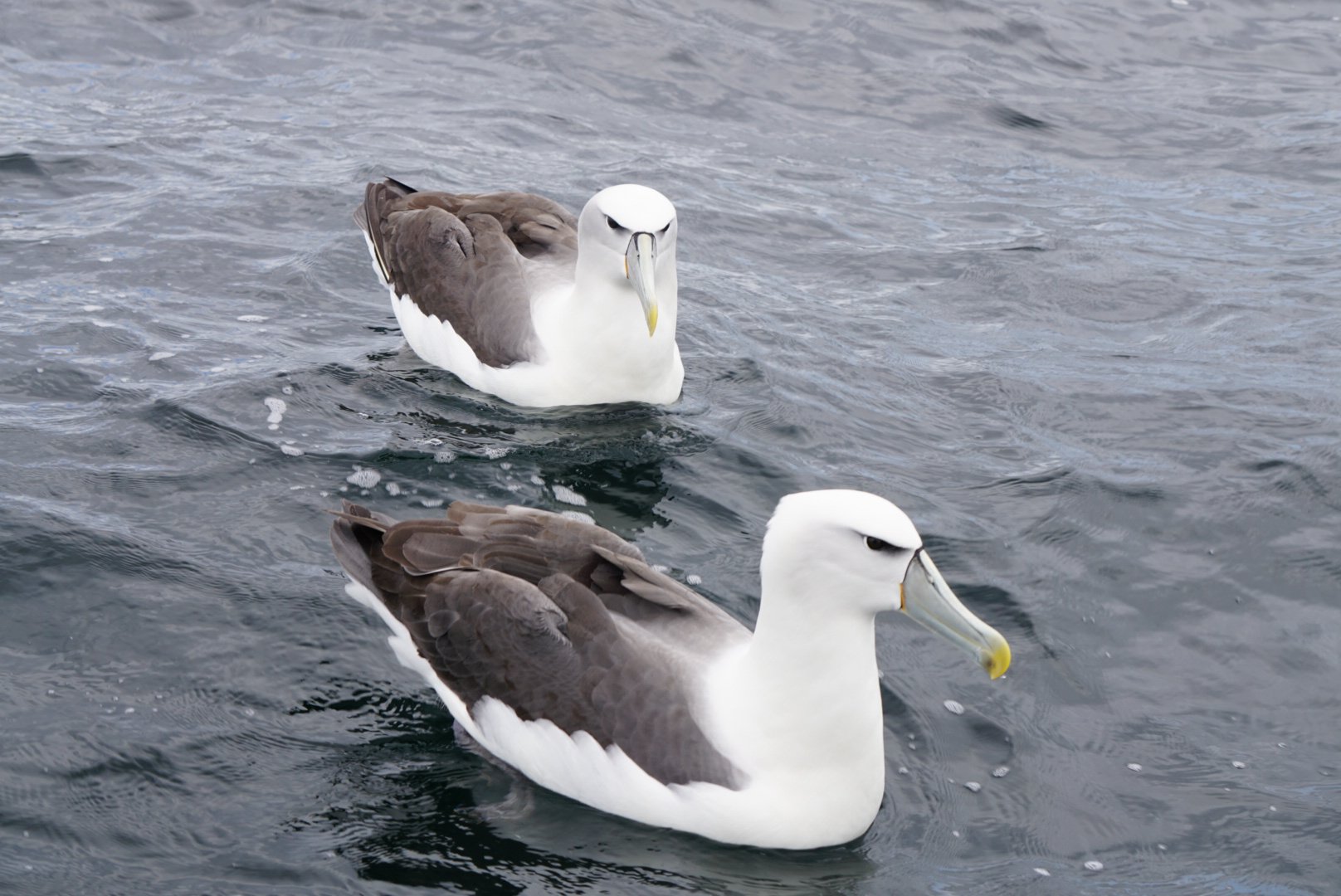We’ve always gone birdwatching when we travel because it’s Seth’s favourite hobby, but I don’t think I’ve ever gotten quite so into it as on this trip. There were tons of birds when we travelled to Vietnam, but nobody really seemed to care about them so we struggled to find any bird watching related tours. New Zealand is the complete opposite. We didn’t even plan that many bird related activities, yet birds are always discussed on every tour we do because historically New Zealand was an island of just birds (no mammals) and everyone here seems to really value the native bird life. Plus there’s just not that many bird species here (comparatively), so it makes it relatively easy to identify birds. So even I’ve gotten a bit into it because it’s basically just like real-life pokemon go.
Anyways, because of the abundance of birds, we didnt need to incorporate that many “birding only” activities into the itinerary because you can pretty much bird watch everywhere, but we’d be remiss if we didnt make a trip down to the far south of the country to visit New Zealand’s birding mecca, Stewart Island. You drive as far south as you can go to the little town of Bluff, and then you take the world’s worst ferry to Oban township on Stewart Island, also known as Rakiura.
Seriously though, the ferry was this little passenger catamaran that was pretty much the worst experience of my life. It was my first time ever being seasick and it was a horrible experience. It’s only an hour ferry ride, but it literally wrecked me for the rest of the day. Oban is really the only town and most of the island is dedicated National Park. We were there for about 48 hours and somehow managed to cram 3 birdwatchering tours into our brief visit.
It was a lazier first day, which I really needed after the ferry ride and to catch up on laundry. But we did go out exploring for a little bit and discovered a nice lookout and some scenic beaches. The real fun started after dark though when we went on a Kiwi walk. The Kiwi is definitely one of NZ’s most popular birds, even among people that don’t care a whit about birds. They’re nocturnal, so if you want to see them in the wild, you have to be willing to stay up late.
There is a fenced, predator free area on the island, which is where we went looking for them on our tour. We didnt see or hear much for most of the tour and mainly just tramped around with our red lights in the dark, but near the end we finally stumbled upon a kiwi that was sniffing around feeding. He was so cute but guess where we saw him? Outside the fenced in predator free zone. So here we are inside the kiwi safe zone, looking out at the little kiwi hanging around outside the fence. We thought that was it and still considered it a trip well spent, but the fun wasnt over and we spotted another kiwi running along the road on the drive back, as well as a little blue penguin nesting in the grass on the side of the road.
There was no rest after our late night though because we had two birdwatching tours on day 2. We started with a trip to Ulva Island. It’s this little island just next to Oban that is totally predator free, and as such boasts a large bird population. Of the 3 this was probably my favourite tour because our guide was extremely knowledgable about the island, the bird life, and the flora. So I learned a lot and we saw a ton of birds. It was an expensive tour, but really worth it for the local knowledge because she knew where are the nests are and we saw a ton of baby birds as well.
Then in the afternoon it was off on a boat tour to look for seabirds. I was nervous about this one after the ferry experience, so I popped a gravol which maybe wasnt the best idea because I dozed off a few times while we were cruising around. It was just us and two really intense wildlife photographers on the tour, so I broke out my (sad compared to theirs) zoom lens to see what photos I could capture. Again, we saw a bunch of birds, but the highlight was the Mollymawks. They’re a type of albatross and are enormous with a wingspan of up to 2.5m. They basically followed us around in a swarm all afternoon because they knew we had fish.
I happily would have called it a day after two birding tours, but apparently Seth hadn’t had enough yet, so we went out on our own in the evening because we heard blue penguins could be seen returning to their nests at dusk. The rumour turned out to be true and I spotted one swimming into the harbour and then Seth spotted it climbing up on to the rocks. It’s the smallest penguin in the world and very cute. They nest up to a kilometer inland and apparently they can really make a racket if they decide to nest under your house…
So it was a pretty successful trip and fortunately a less eventful ferry ride back. For those of you less interested in birds, you can look forward to my next post on Fiordland National Park and the infamous Milford Track!
- Reblog
-
Subscribe
Subscribed
Already have a WordPress.com account? Log in now.